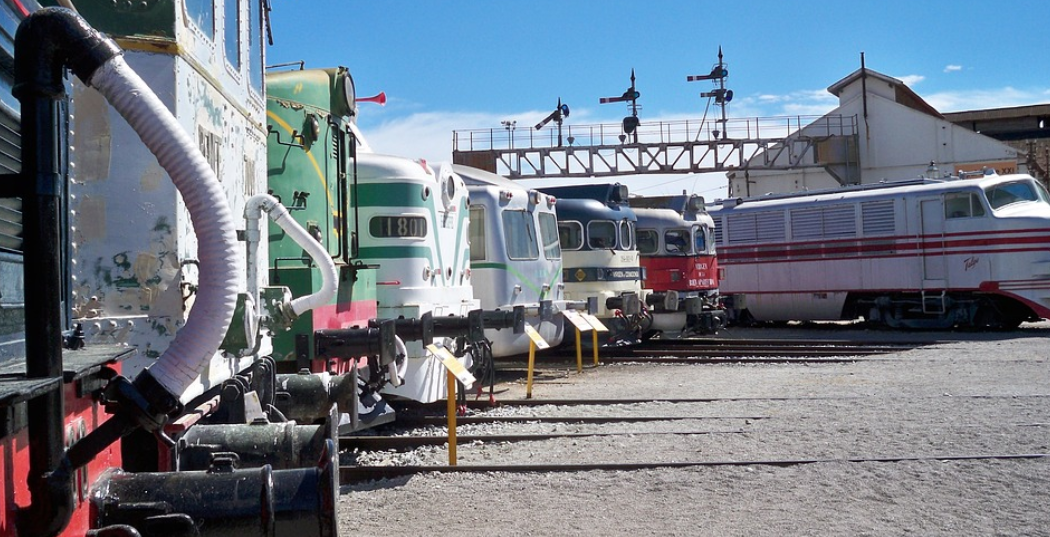Unlock the Secrets of Cellular Transportation
Ever wondered how your cells, these tiny powerhouses within you, manage to thrive and function with such precision? The answer lies in a fascinating world of molecules and membranes – a world we call “cell transport”. It’s like a bustling city with complex traffic routes directing the delivery of vital supplies. And just like any good city, it needs a strong transportation system to keep everything running smoothly.
Imagine your cells as miniature cities, each with specific needs and tasks. To keep these processes humming, they rely on intricate systems for transporting molecules, ions, and even energy around their boundaries. This process is called cell transport, and it’s essential for life itself! It’s the reason you can move, breathe, grow, and heal.
But how exactly does this cellular transportation work? Let’s take a closer look at the key players and processes involved:
Key Players in the Cell Transport Game
The cellular world operates with a sophisticated network of specialized structures. These include:
- **Plasma Membrane:** The outer boundary of each cell, acting like a city wall, selectively controlling what enters and leaves.
- **Mitochondria: “Powerhouse” of the Cell:** Responsible for generating the cellular energy needed to power all activities. Think of it as a miniature power plant churning out fuel for your entire city.
- **Endoplasmic Reticulum (ER): The Cellular Highway:** A complex network of folded membranes that produces and transports proteins throughout the cell, acting like a super highway system within the cell itself.
- **Golgi Apparatus: “Post Office” of the Cell:** It receives proteins from the ER, modifies them, sorts them, and packages them for delivery to their destinations. Think of this as the post office sorting and delivering your daily mail.
These players work in tandem to facilitate cell transport and maintain cellular homeostasis.
The Main Players of Cell Transport: A Visual Guide
Now, let’s dive deeper into the types of cell transport. Imagine each type as a specific route on a map, each with its unique purpose and challenges.
**Passive Transport: The Easy Road Trip**
Let’s start with passive transport, which is like taking advantage of natural force to move molecules across the cell. This movement doesn’t require any energy from the cell itself and occurs through these mechanisms:
- **Simple Diffusion:** This is when molecules move directly through the cell membrane from an area of high concentration to an area of low concentration, like when your breath escapes you, even if there’s a breeze.
- **Facilitated Diffusion:** Similar to simple diffusion but with assistance. Special proteins within the membrane act as doorways, carrying specific molecules across the membrane. Think of them as friendly guides helping molecules navigate their way through.
**Active Transport: The Power Trip**
In contrast, active transport is like using a booster to move things against the natural flow. It requires energy from the cell itself. This type of transport can be likened to moving goods in a truck that travels uphill: you have to put some effort into it, but it gets you where you need to go.
Here are the key players in active transport:
- **Protein Pumps:** These specialized proteins act like miniature pumps, using energy from ATP (adenosine triphosphate) to move molecules against their concentration gradient. Think of them as special delivery trucks that have a system to drive uphill and deliver goods regardless of their natural flow.
Understanding the Importance of Cell Transport
The importance of cell transport cannot be overstated. These processes ensure that cells function, grow, and maintain their structural integrity:
- **Nutrient Uptake:** Cells need to take in nutrients like glucose, amino acids, and oxygen for energy production and growth.
- **Waste Removal:** Cells must get rid of waste products like carbon dioxide and urea, so they don’t build up and cause problems.
This intricate system is a testament to the complexity and elegance of life at its most basic level. By understanding cell transport, you gain a deeper appreciation for how your body functions on a cellular level and make decisions that affect your health and well-being.
So next time you exercise, eat food, or even just feel your heart pump, remember the intricate dance of molecules and membranes happening within each tiny cell. They’re the unsung heroes of life, ensuring its very existence.
